After recently being recognised for producing unforgettable television moments during the BBC’s 100th birthday celebrations, we took a closer look at the revolutionary work of Bristol-based company John Downer Productions and how it has been instrumental in the way we engage with the animal kingdom…
For over 40 years, wildlife filmmaker John Downer has been exploring the planet, taking millions of television viewers on extraordinary journeys through the wilderness. No venture has ever seemed too far nor too daring for John and his endlessly talented team as they negotiate deserts, ice sheets, rainforests and swamps to capture intimate shots of the animal kingdom. Most notably, it has been his innovative use of ultra-realistic animatronic ‘spycams’ that has made those journeys so extraordinary and provided such fascinating insights into the fauna of the natural world.
John started his career at the BBC Natural History Unit in Bristol in 1981, before setting up John Downer Productions (JDP) in the city. Since its inception, JDP has become internationally recognised for its technical wizardry and emotional storytelling, garnering a multitude of awards, including an Emmy for ground-breaking footage shot from a bird’s-eye view.
What’s more, in 1992, John won a Grammy for his innovative time-layering techniques in Peter Gabriel’s music video Digging in the Dirt and has since gained a reputation for being “the best of the best”, according to producer Simon Fuller, with whom he made the pioneering two-part series, Serengeti.
Proud of the fact that JDP sits securely in Bristol’s Green Hollywood, we sat down with John to celebrate the decades of success and hear the incredible tales from a life spent immersed in the great outdoors.
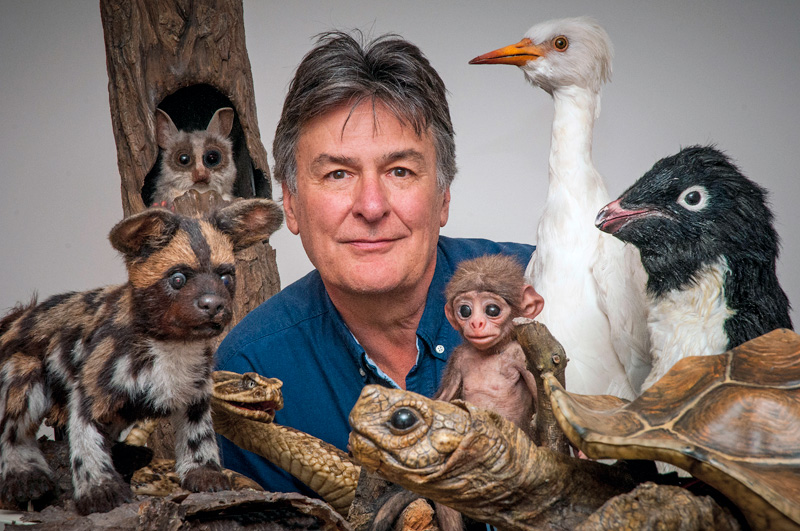
Up close and personal
In 2002, Lions: Spy in the Den introduced ‘bouldercam’ to the world, a remote camera device that boldly went where no camera had ever gone before – into the heart of a pride.
Describing the series, JDP’s website reads: “Looking deceptively like a mobile rock, but carrying a hidden digital camera, ‘bouldercam’ gets up close and personal as it unravels the story of how cubs learn to become adult lions. Bouldercam was often just a whisker away as the cubs were watched for over 3,000 hours.”
“Right from the very first deployment I could see that this was going to be amazing,” John explains. “The lions were accepting of the device. I found that even if I drove near to them and their cubs, they weren’t frightened. They would lie by the camera and the cubs would suckle and you started to get this unbelievably intimate imagery that no one had ever seen before. That series was the start of the whole spy concept and it was immensely successful.”
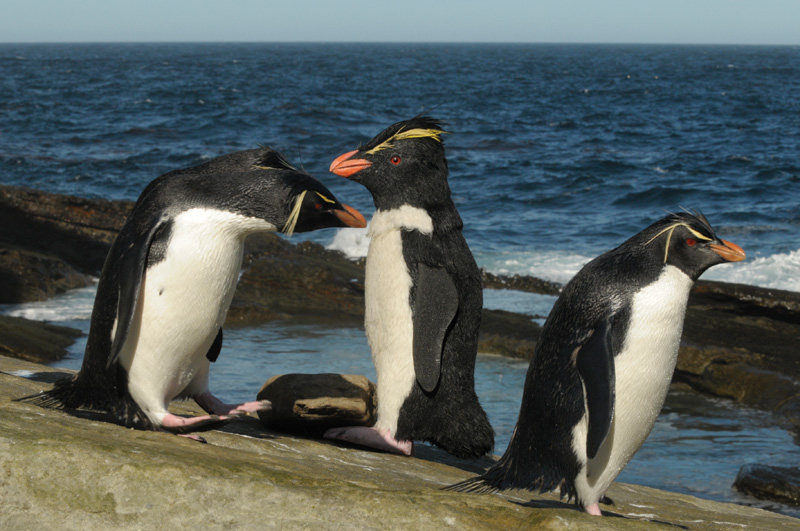
Memorable moments
Some 10 years later, JDP produced Penguins: Spy in the Huddle, where the team spent nearly a year in close company with three colonies, deploying 50 spycams to capture the true nature of three very different, yet equally charismatic birds. Key to the success of the missions were the cameras cleverly disguised as life-size penguins, which infiltrated the colonies to record their behaviour.
“One of the most extraordinary moments was when we were filming Rockhopper penguins in the Falkland Islands. We had a spy Rockhopper, which had been totally accepted into the colony. It walked in among the penguins and found this female, who was on her own. Most of them had partnered up, and Rockhoppers partner for life. We had our penguin standing next to this female. Her partner, who was one of the last to come back from sea, walked into the colony, discovered that she’d got a new mate and started beating up our penguin, which was hilarious and incredibly insightful when you actually want to know about penguins’ relationships and behaviour.
“That’s when we started to realise that if the spycams were the animals, they don’t just have to film, they could interact and those interactions could reveal things about the animals that you would not reveal in any other way.”
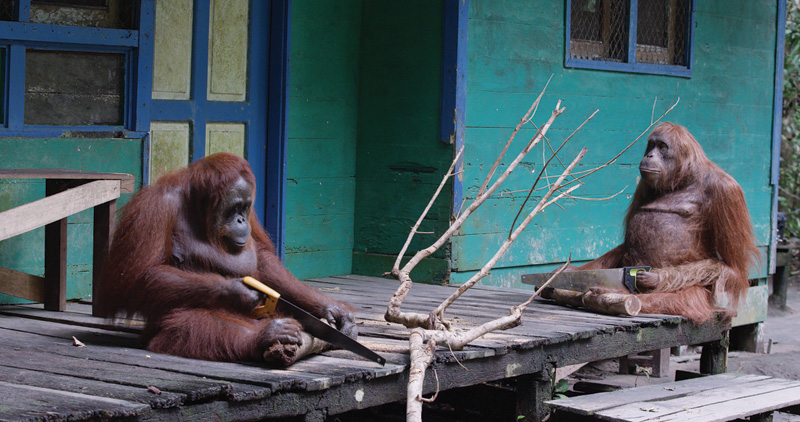
Above: “On the very last day of filming, the orangutang came over to our spy, who had started to saw on a log. She sat next to it, picked up her own saw and the two of them had a sawing contest – and she tried to do better than ours”
Emotional connections
Since then, JDP has focused on developing its spy technology to include orangutangs, langurs, wild dogs, meerkats, crocodiles, snakes and crabs, to name just a few. Each one has been intrinsic to JDP’s research, helping them to learn more about the inner workings of the animals’ minds.
Beneath the skin of the spies is a feat of engineering that stretches technology to the limits. The spies are a “skeleton of articulated metal limbs controlled by sophisticated electronics” and their movements are programmed and tested. Spy orangutang, for example, which is at the top of the spying game, has the facial expressions of the real thing. Its head alone has 30 moving parts.
“In Spy in the Wild, we took our spy orangutang to Borneo, where we met one of the world’s greatest experts on orangutangs, Dr Birute Galdikas. We had heard that a wild orangutang had been watching builders and had learned how to saw. On the very last day of filming, the orangutang came over to our spy, which had started to saw on a log. She sat next to it, picked up her own saw and the two of them had a sawing contest – and she tried to do better than ours,” John laughs.
“I’ve spent my whole life with animals and from very early on, I realised there was a connection between them and us. When you start spending time with them, you recognise their behaviour in yourself, and that’s become a bit of an obsession in our films. We’re not interested in seeing things killing things, we’re interested in the family relationships, the things that we can relate to; their emotional connections, their feelings for their young. Our spies have managed to bring all of that out, always interacting in a positive way with friendly reactions.”
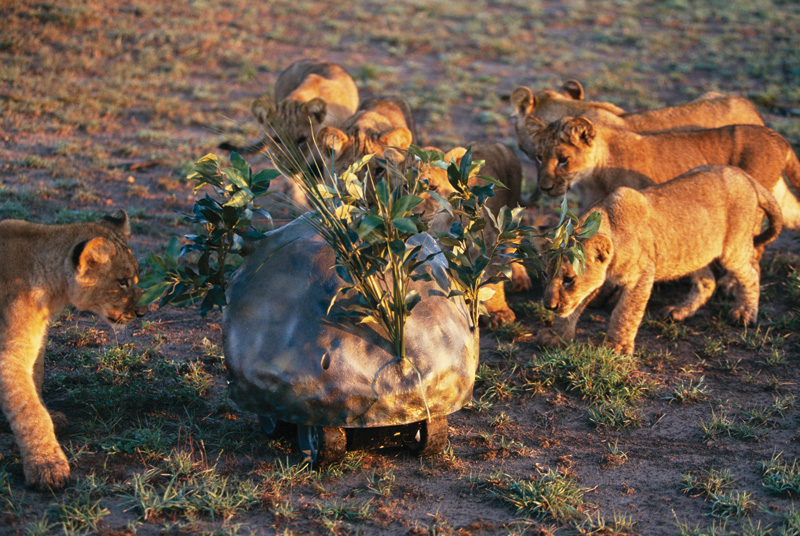
Above: Looking deceptively like a mobile rock, but carrying a hidden digital camera, ‘bouldercam’ gets up close and personal as it unravels the story of how cubs learn to become adult lions. Bouldercam was often just a whisker away as the cubs were watched for over 3,000 hours
Unpredictable moments
Producers often stand by the age-old axiom, “Never work with children or animals”, due to their unpredictable nature. So how does the team prepare for a series? “There’s always a plan, and then you tear up the plan,” he jokes. “I like the animals to basically be saying, “this is our story”. Once you find their story, it takes you to the magic.” Which is exactly what happened in 2008 when the team captured the day-to-day lives of four tiny tiger cubs as they grew up alongside their devoted mother in Pench Tiger Reserve in the heart of India.
“We found a mother with 10-day-old cubs and they were really active, they were falling out of the den, still blind, but she was an amazing mother. She reared those four cubs to adulthood and we followed the whole story over three years. One of those cubs, which we didn’t know was going to be such a star, was Collarwali, who became the greatest mother tiger in the whole of India, credited with helping to repopulate the forest.”
Collarwali – a name that translates to ‘with collar’ in English and came about after she became the first big cat in the reserve to be radio-collared – gave birth to a record 29 cubs, 25 of which survived to adulthood. Following Collarwali’s death in January 2022, conservation officers held a funeral where her body, garlanded with flowers, was cremated on a funeral pyre in line with Hindu rites.
“It was really, really touching,” John recalls. “To be there capturing the moment when she was 10-days-old and then the moment that she died was absolutely extraordinary.”
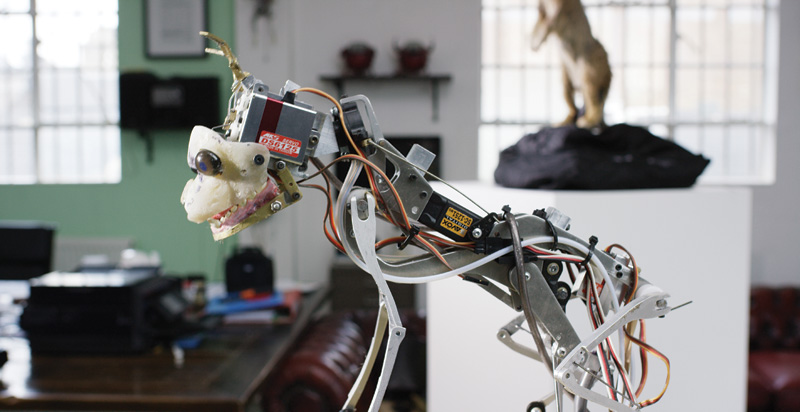
Above: “The spies are a “skeleton of articulated metal limbs controlled by sophisticated electronics” and their movements are programmed and tested…”
Conservation
According to the 2022 WWF Living Planet Report, which sets out to assess and quantify vertebrate animal populations around the world, wildlife populations have declined by a staggering 69% over the past 48 years.
“There is a real crisis happening in the world,” says John, “as so many wonderful films have made clear, but my aim is to make people care about what they might lose by understanding the emotional connections we share.
“When I set off to film the tigers, people were telling me that there won’t be any left in India in five years but what I found was that India was actually doing a lot to preserve these animals. I could see that there was a much healthier population than before and I could see that things were getting better, not worse.
“My feeling is: celebrate when there are successes, make people realise that small things can make a huge difference and know that everything is worthwhile.”
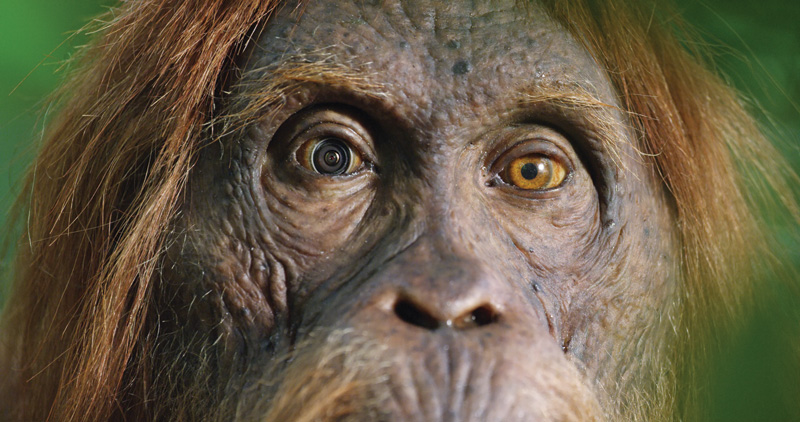
Above: Spy orangutang is at the pinnacle of the spying game and has the facial expressions of the real thing; its head alone has 30 moving parts
Looking back
When looking back, I wonder what John takes from the last 40 years and what he looks forward to in the decades to come. “When I set out, I wanted to develop ways of filming that could engage with the animal world. Everything I ever dreamt of having, I now have in terms of technique. The developments in camera technology, drones, etc has made more things possible, but yet I’ve never felt like we’ve come to the end. There is always further to go and I’m still finding it as exciting as I did when I first started out.
“I also think there’s been a huge change over the last 20 years about how people view animals. We should worry about them and we do worry about them. People used to throw this anthropomorphic tag at my work, but they don’t so much these days and I’m hoping that’s because of the films that we’re making – you can’t deny what you see.”
After a lifetime surrounded by animals, John has a catalogue of fascinating and wildly funny stories, each one filled with enough intensity, intimacy and integrity to make a great film. “It was all part of a journey to get closer and closer to the animal world, which I’ve never stopped,” says John. Long may he continue down this extraordinary road of innovation, discovery and conservation because the world is undoubtedly a better place for it.
jdp.co.uk | All images courtesy of John Downer Productions


